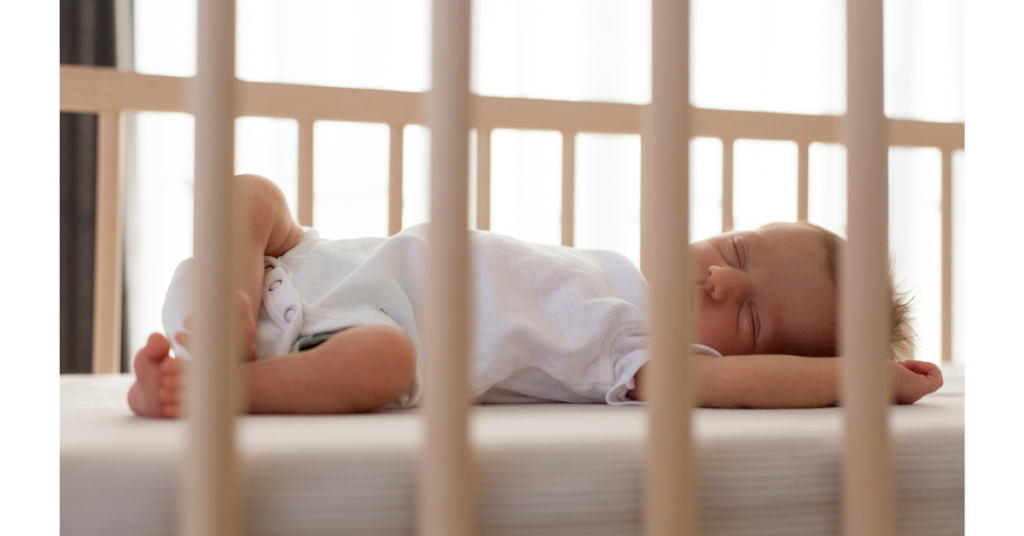You may have heard about the updated safe sleep guidelines released just last month. But what are they and what’s new about them? Restfully breaks it down for you.
Nearly 3500 sleep-related infant deaths occur each year in the United States. These deaths are due to Sudden Infant Death Syndrome (SIDS) or accident suffocation or strangulation. Sleep related-deaths declined in the 1990s with the “Back to Sleep” campaign. Since then, the trend has shifted upward. As such, the American Academy of Pediatrics (AAP) updated its safe sleep guidelines in June 2022.
Restfully adheres to and educates on safe sleep practices as laid out below.
The Gold Standard
- Baby should have nothing but a fitted sheet in their sleep space
- Always place baby on their back for all sleep until 12 months of age
- Sitting devices such as car seats, swings, strollers, carriers, and slings are not recommended for routine sleep, particularly during the first 4 months. Move baby from these devices as soon as safely possible if baby falls asleep in one.
- Room sharing but not bed sharing can be protective and is recommended for the first 6 months
- Breastfeeding can be protective against SIDS
- Pacifiers are protective and recommended
- Ensure that baby attends all infant well visits and receives immunizations, which can be protective against SIDS
- Discontinue the use of swaddles at first signs of rolling
A few new recommendations…
- All sleep should take place in a firm, flat/non-inclined bassinet, crib, play yard, or bedside sleeper that meets the updated federal safety standards as presented in June 2021 by the Consumer Product Safety Commission
- There is no evidence that swaddling protects against SIDS
- If using a swaddle always place baby on their back
- Weighted swaddles, sleepsacks, and clothing are not safe and should never be used on or near a baby
- Hats should not be used after leaving the hospital
- Avoid all commercial devices that claim to reduce the risk of SIDS and other sleep-related deaths. This includes cardiorespiratory monitors as they do not reduce the risk of SIDS. The use of such devices can provide a false sense of security. This may lead to complacency with regard to safe sleep practices.
- Supervised, awake Tummy Time is recommended to help prevent plagiocephaly. Tummy Time can begin in short periods of awake time soon after leaving the hospital.
Need help creating a safe sleep environment for your little one? Get help from Restfully today.
